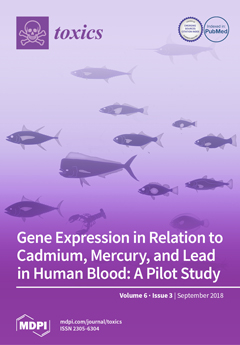The purpose of this updated meta-analysis was to investigate the effect of nitric oxide synthase-3 (
NOS3) G894T polymorphisms, air pollution and their interaction on ischemic heart disease (IHD) risk across populations worldwide. Recursive partition trees, nonlinear association curve fit and geographic information
[...] Read more.
The purpose of this updated meta-analysis was to investigate the effect of nitric oxide synthase-3 (
NOS3) G894T polymorphisms, air pollution and their interaction on ischemic heart disease (IHD) risk across populations worldwide. Recursive partition trees, nonlinear association curve fit and geographic information system maps were incorporated to verify results of conventional pooled analyses for sources of heterogeneity. Results from 61 studies (16,219 cases, 12,222 controls) revealed a significant increased relative risk (RR) of IHD associated with
NOS3 894 polymorphisms TT (RR = 1.44) and GT (RR = 1.37). Subgroup analysis revealed that the TT polymorphism genotype had significantly increased risk of IHD in Caucasian, East Asian, South Asian, and Middle Eastern populations (all
p < 0.05). It is important to point out that many countries demonstrated an average risk of greater than two, which identifies the
NOS3 894 TT polymorphism as a potential causal factor and biological marker of IHD, based on criteria for strong evidence used in international consensus panels. These 10 countries include Ukraine, the United Kingdom, Brazil, Chile, Japan, South Korea, India, Iran, Egypt and Morocco. For these countries with elevated risk (RR > 2) from the
NOS3 894 TT polymorphism, meta-predictive analysis demonstrated an increasing trend in air pollution association with increased
NOS3 894 polymorphisms. Further studies are needed to explore the complexity of the associations among
NOS3 gene polymorphisms per population stratifications within countries, detailed air pollution data for added specificity for geographic location across time, and disease risk.
Full article






